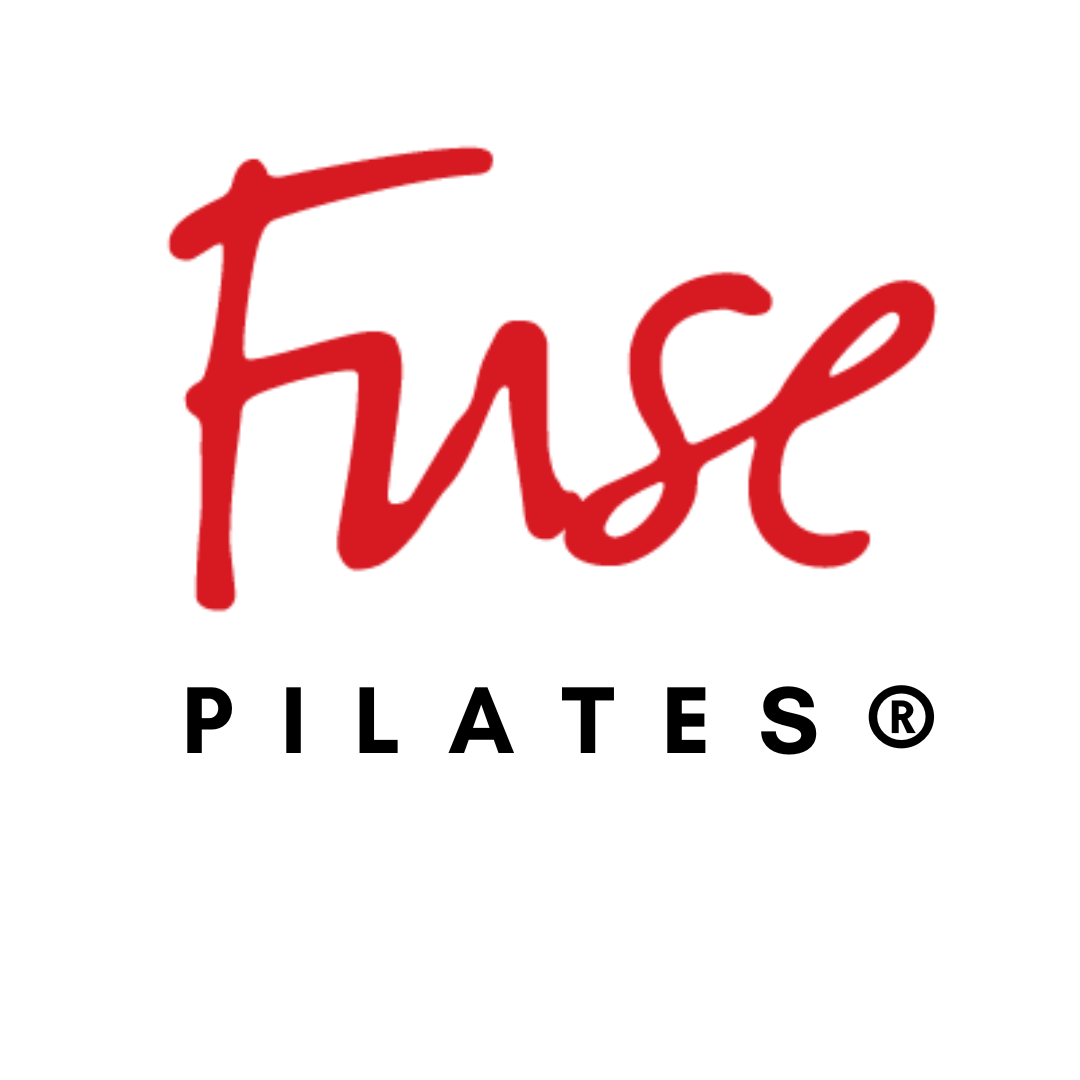Pilates Myths Debunked: What You Really Need to Know
Pilates, a form of exercise that has gained immense popularity worldwide, is often surrounded by myths and misconceptions. These myths can be a barrier for many who might otherwise benefit from this holistic practice. In this blog, we'll debunk some common Pilates myths using the latest insights from modern exercise science, helping you understand what Pilates truly offers.
Myth 1: Pilates Is Only for Women
Debunked: Pilates is for everyone, regardless of gender. Originally developed by Joseph Pilates (a man, if you didn’t catch that), the practice was used to rehabilitate soldiers during World War I and later became popular among dancers. Modern exercise science shows that Pilates benefits include improved flexibility, muscle strength, and balanced muscular development, which are essential for all people.
Myth 2: Pilates Is Easy and Not a Real Workout
Debunked: While Pilates can be adapted for various fitness levels, it is by no means an easy workout. Pilates focuses on controlled movements that engage both the body and mind, often targeting deeper muscle groups that are not addressed in other forms of exercise. According to exercise science, engaging these deep stabilizing muscles is key to improving overall strength and fitness.
If you still think Pilates is easy and there’s no way you’ll break a sweat, we challenge you to back that up by taking a few classes.
Myth 3: Pilates and Yoga Are the Same
Debunked: While both Pilates and yoga emphasize mind-body connection and flexibility, they are quite distinct practices. Pilates focuses more on strength, muscle toning, and body control, with an emphasis on core strength. Yoga typically focuses on flexibility and balance, and some forms are very focused on relaxation. Both have unique benefits, but make no mistake they are indeed different in their approach and techniques.
Myth 4: You Need Special Equipment for Pilates
Debunked: Pilates can be practiced with or without equipment. Mat-based Pilates exercises are effective and can be done using just your body weight. In fact, we’ve heard quite a few students of Fuse Pilates claim our Mat classes provide a significant challenge as compared to utilizing an apparatus.
However, for those who want to add variety, equipment like the Reformer, Fuse Ladder, and Chair offer a different challenge. These tools provide resistance and support, enhancing the effectiveness of the exercises.
Myth 5: Pilates Is Only for the Young and Fit
Debunked: Pilates is adaptable and can be beneficial for people of all ages and fitness levels. As a low-impact exercise, it is particularly suitable for older adults or those recovering from injuries. Modern exercise science supports the use of Pilates for improving balance, flexibility, and core strength, crucial for healthy aging.
Pilates has been cited as the go-to tool for professional athletes, physical therapists, senior care providers, and movement beginner introductory courses. How’s that for range?
Myth 6: Pilates Doesn’t Help with Weight Loss
Debunked: While Pilates may not burn as many calories as some high-intensity workouts, it can still be a valuable part of a weight loss program. Pilates builds muscle mass which can increase metabolic rate. Additionally, as part of a holistic approach to health and fitness, Pilates can lead to improved body composition, energy levels, proprioception, and mobility, which all contribute to a positive weight management program.
Myth 7: Pilates Is Only for People with Flexible Bodies
Debunked: Flexibility is a benefit of Pilates, not a prerequisite. Pilates exercises are designed to improve flexibility over time. Regardless of your starting point, Pilates can help enhance your range of motion and reduce stiffness.
Myth 8: Pilates Is Boring
Debunked: Pilates is anything but boring. Especially at Fuse (though admittedly, we’re a little biased.) Sessions require concentration and mindfulness, making them mentally engaging as well as physically. With a variety of exercises and modifications, Pilates routines can be dynamic and challenging. Many practitioners find the focus on breath and movement to be a refreshing and invigorating experience.
Conclusion
Pilates, with its emphasis on controlled, mindful movements, offers a unique approach to exercise that aligns well with a modern movement routine. It emphasizes the importance of core strength, flexibility, and mind-body connection, making it a comprehensive workout suitable for a wide range of individuals.
By debunking these common myths, we hope to have cleared any misconceptions and highlighted the true benefits of Pilates. Whether you're looking to enhance your fitness, recover from an injury, or find a balanced form of exercise that engages both body and mind, Pilates offers a path worth exploring.
For those considering Pilates, we encourage you to give it a try, keeping an open mind and a willing spirit. You might just find that Pilates is the key to unlocking a stronger, more flexible, and balanced version of yourself.
And you should try it here, at Fuse, with us. Obviously. Here’s our two-week new student offer! Live far away or enjoy taking classes from the comfort of your home? Here’s our three-day free On-Demand deal for you!
